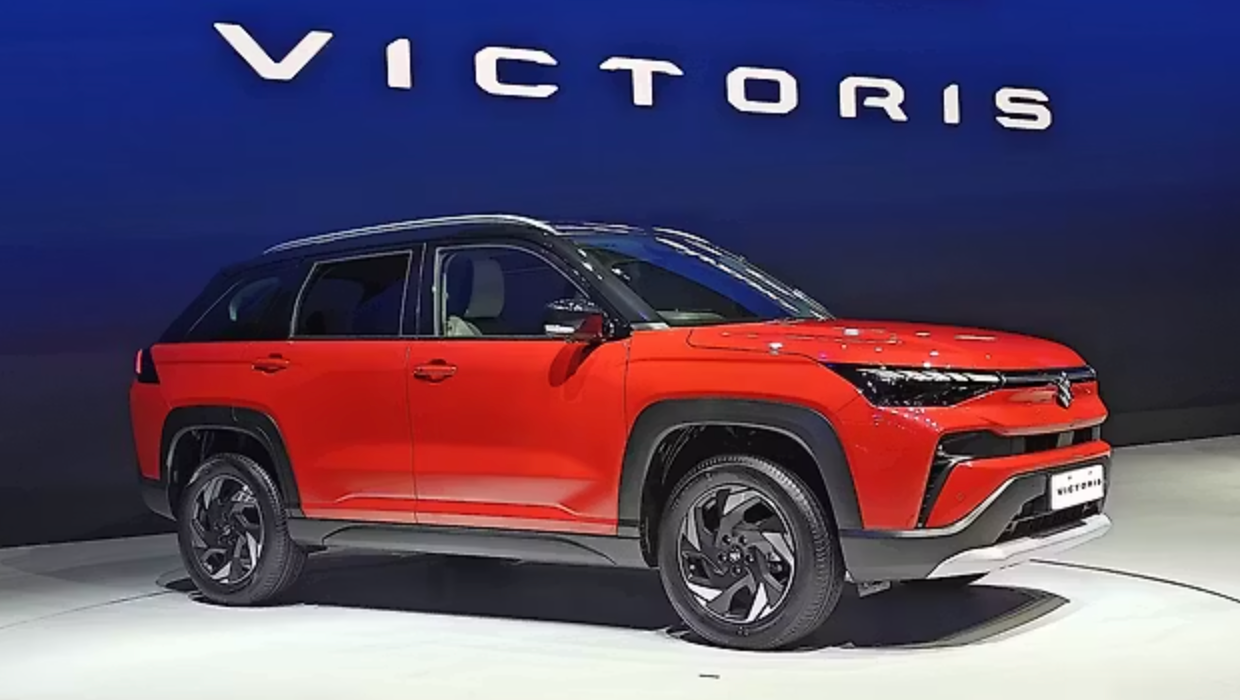The Indian car market has witnessed a surge in the popularity of micro-SUVs. These compact vehicles offer a compelling blend of SUV-like aesthetics, practicality, and affordability, making them ideal for city driving and navigating congested urban environments. Two prominent contenders in this segment are the Tata Punch and the Hyundai Exter. Both boast attractive starting prices, hovering around Rs 6 lakh (ex-showroom, Delhi). This begs the question – which base variant offers the best value proposition for your hard-earned money? Let’s delve deeper and compare the Tata Punch Pure and Hyundai Exter EX to identify the champion.

Sizing Up the Competition: Dimensions
- Length & Width: The Tata Punch boasts a slight edge in terms of length (3827 mm) and width (1742 mm) compared to the Hyundai Exter (3815 mm and 1710 mm respectively).
- Height & Ground Clearance: The Exter takes the lead in height (1631 mm with roof rails) against the Punch (1615 mm). However, the Punch offers a marginally better ground clearance of 187 mm compared to the Exter’s 185 mm.
- Wheelbase & Boot Space: Both vehicles offer near-identical wheelbases (Punch: 2445 mm, Exter: 2450 mm), suggesting comparable legroom and interior space. When it comes to luggage capacity, the Exter boasts a slightly larger boot space of 391 liters compared to the Punch’s 366 liters.
In a nutshell: The Punch offers a slightly roomier cabin with a wider stance, while the Exter provides a touch more headroom and cargo capacity. Both micro-SUVs deliver ample ground clearance for tackling uneven city roads.
Powertrain Punch: Performance and Fuel Efficiency
- Engine & Power: The Punch Pure employs a 1.2-liter, 3-cylinder naturally aspirated petrol engine churning out 88 PS and 115 Nm of torque. The Exter EX, on the other hand, utilizes a 1.2-liter, 4-cylinder naturally aspirated petrol engine generating 83 PS and 114 Nm of torque. While the Punch offers a slight power advantage, the difference in real-world driving scenarios might be negligible.
- Fuel Efficiency (claimed): Both manufacturers haven’t officially revealed the claimed fuel efficiency figures for their base variants. However, considering the engine specifications, we can expect the Punch to deliver slightly better fuel economy due to its lighter weight and smaller engine size.
- CNG Option: A significant differentiator comes in the form of fuel options. The Punch Pure offers the flexibility of both petrol and CNG, catering to budget-conscious buyers seeking lower running costs. The Exter EX is currently limited to a petrol engine only.
Takeaway: The Punch might hold a slight edge in terms of fuel efficiency due to its engine configuration. However, the Exter’s 4-cylinder engine could offer a potentially smoother driving experience. The real game-changer is the Punch’s CNG option, a significant advantage for cost-conscious buyers.
Feature Face-Off: Convenience and Comfort
- Exterior Features: Both base variants come equipped with halogen headlights for nighttime visibility. The Punch offers a slight advantage with turn indicators integrated into the Outside Rear View Mirrors (ORVMs), while the Exter has smaller 14-inch steel wheels compared to the Punch’s 15-inch steel wheels.
- Interior Features: Both micro-SUVs feature an all-black cabin theme for a contemporary look. The Punch provides adjustable headrests for the front seats, while the Exter offers adjustable headrests for the rear passengers. In terms of convenience features, both variants offer central locking, front power windows, manual AC, and tilt steering for driver comfort. However, the Exter steps ahead with a height-adjustable driver’s seat and steering-mounted controls for the MID (Multi-Information Display).
- Infotainment: Neither the Punch Pure nor the Exter EX offers an infotainment system in their base variants.
- Safety Features: Safety is paramount. Here, the Exter takes a clear lead. It boasts 6 airbags across all variants, compared to the Punch’s dual airbags offered as standard. The Exter also benefits from 3-point seatbelts and seatbelt reminders for all seats, providing a more comprehensive safety net.
Verdict: When it comes to features, the Exter offers a slight edge with a height-adjustable driver’s seat, steering-mounted controls, and a more robust safety package. However, the lack of an infotainment system in both base variants is a notable omission.
Frequently Asked Questions:
Q: Which micro-SUV offers more powerful performance?
A: The Tata Punch Pure boasts a slight edge in power output (88 PS) compared to the Hyundai Exter EX (83 PS). However, the real-world driving experience might be fairly similar.
Q: Does either base variant come with an infotainment system?
A: No, neither the Tata Punch Pure nor the Hyundai Exter EX offer an infotainment system in their base variants.
Q: Which micro-SUV is more spacious?
A: In terms of cabin space, the differences are marginal. The Punch provides a slightly wider cabin, while the Exter offers a touch more headroom. Boot space is slightly larger in the Exter.
Q: Is the CNG option available for the Hyundai Exter?
A: Currently, the Hyundai Exter EX is only available with a petrol engine. The Tata Punch Pure offers the flexibility of both petrol and CNG.




